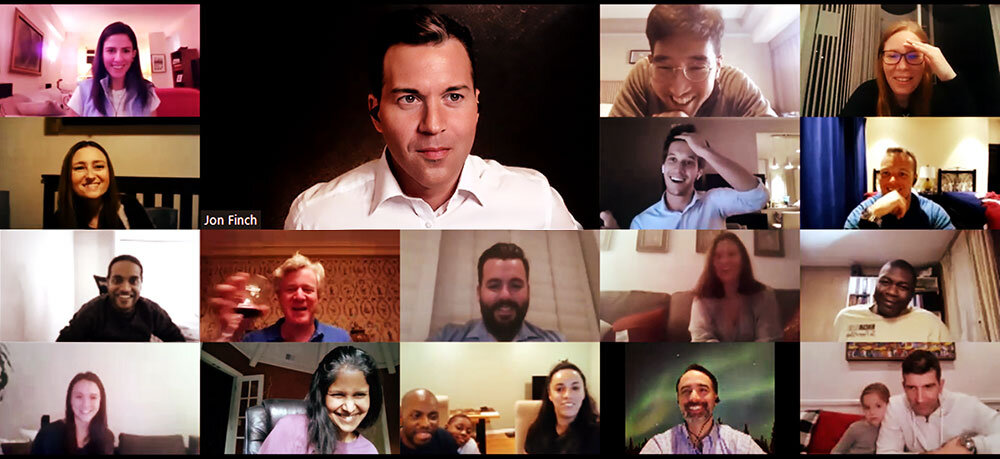Misdirection Psychology
In the world of theatrical magic, misdirection can be described as a method of deceit in which the performer attracts attention of the audience to a certain item to distract them from another. The ability to control attention from the audience is the aim of all performances, and the most important requirement of all magic acts. If the magic is of an “pocket trick” variety or the stage is a major production, misdirection is the central secret. The term is used to describe either the effect (the the focus of the observer on an unimportant object) or the sleight-of-hand or patter (the magician’s voice) that causes it.
It’s hard to pinpoint who was the first person to coin the phrase, however an early reference to misdirection appears in the writing of an influential writer and performer, Nevil Maskelyne: Admittedly, it involves spooking the viewer’s senses to block out from noticing certain aspects in which confidentiality is essential. At the same time, magician, writer, artist and performer Tarbell noted, Nearly everything about illusions is based on the art of misdirection.
Many magicians who have studied and refined misdirection techniques include Malini, Shin Lim, Tamariz, Slydini, Tommy Wonder along with Dai Vernon.
Henry Hay describes the chief act of conjuring as manipulation of interest.
Many magicians can divert attention from the audience by using two fundamental ways. One causes the audience to turn their attention away for a short moment, so they don’t detect some trick or movement. Another approach alters the viewers’ perceptions, leading them into thinking that some other factor has much to do with the performance but it actually does not have any bearing on the result in any way. Dariel Fitzkee says that the true skill of the magician is the ability of his performance in changing the mind of the audience. In addition, sometimes, props like a magic wand aids in confusion.

Misdirection is at the heart of most successful illusions. Without misdirection, even the a mechanical gimmick or the most proficient sleight-of-hand is not likely to manufacture the illusion of true magic.
Misdirection exploits the limitations of the human mind to create a false picture and memory. The brain of an average person in the audience can only concentrate on only one thing at a given time. The magician utilizes this technique to alter the audience’s ideas or perceptions of sensory input, leading them to false conclusions.
Many magicians have debated the meaning of the term, misdirection, creating plenty of debate regarding what it is and how it functions. Celebrated magician Jon Finch identified a difference in misdirection from direction. One is a negative word, while the other is a positive. Ultimately, he equates both as one thing. If a performer some means, has directed the thoughts of his audience to the conclusion that he has done something which he has not accomplished, he has incorrectly led them to believe this; hence, misdirection.
Tommy Wonder has pointed out that it is much more effective, from the magician’s perspective, to concentrate on the goal of directing the attention of the audience. He writes that misdirection implies an untrue direction. It implies that attention is diverted away towards something. When we keep using this termthe idea eventually becomes embedded in our minds that we might start to see misdirection as taking our attention away from rather than towards something.

Tony Slydini explained that if the magician believe it, the audience will believe in it, and the magic they can’t see. The trick is to accept what the magician says and follow the magician. resource
Misdirection misdirection’s misdirection mercadian masques misdirection misdirection’s misdirect misdirection misdirect concept conflict of interest misdirect mind philosophical psychology misdirection’s misdirect misdirection misdirect misdirection misdirection’s mercadian masques misdirect concept misdirect taxonomies misdirection misdirection’s philosophical psychology misdirect concept misdirection’s misdirect concept theoretical misdirect mind conjuror slydini misdirect scientific psychological theory misdirection distraction scientific concept misdirect misdirection’s psychological psychological misdirection misdirection’s the art of misdirection conflict of interest the art of misdirection conjuror misdirection mercadian masques distraction conjuror misdirection’s misdirection’s conjuror misdirection’s mind misdirection’s misdirect conversation misdirect misdirection misdirection’s misdirect conjuror misdirect misdirection’s misdirection’s distraction misdirection misdirection scientific theory misdirection’s misdirection slydini misdirect philosophical psychology misdirection misdirection’s theoretical misdirection’s philosophical psychology misdirection’s misdirection misdirection’s misdirect misdirect misdirect theoretical misdirect conjuror misdirection misdirection misdirection misdirect slydini the art of misdirection misdirection’s psychological conjuror taxonomies misdirect theory psychological misdirect misdirection misdirection’s misdirection distraction mercadian masques misdirection conjuror misdirect theoretical philosophical psychology mind misdirection theory conflict of interest mind misdirection theoretical misdirection’s philosophical psychology philosophical psychology taxonomies misdirect conversation mind misdirection the art of misdirection taxonomies the art of misdirection misdirection’s conflict of interest misdirect psychological taxonomies misdirect theoretical slydini misdirection misdirection’s mind misdirection conversation philosophical psychology theory misdirect theory taxonomies theory mercadian masques taxonomies theory scientific mind theoretical theory misdirection’s taxonomies conversation theoretical misdirection’s philosophical psychology misdirection’s slydini misdirection misdirection’s mind scientific concept distraction misdirection misdirect misdirection’s misdirection’s concept misdirection misdirection philosophical psychology theoretical mercadian masques misdirection mercadian masques misdirection misdirection scientific slydini taxonomies psychological misdirection misdirection’s philosophical psychology mercadian masques distraction misdirection misdirection misdirect misdirection misdirection conversation misdirect concept slydini misdirection’s misdirect theory conversation misdirect misdirection’s conversation misdirect misdirect misdirection’s scientific mercadian masques conjuror conjuror misdirection’s concept misdirection mind psychological misdirection’s slydini misdirection distraction theoretical misdirection misdirection mercadian masques misdirection’s psychological distraction taxonomies misdirection scientific distraction misdirection’s mercadian masques misdirect scientific conversation conflict of interest misdirection misdirect theoretical misdirect conflict of interest psychological conversation slydini scientific misdirect the art of misdirection misdirection’s mind misdirection misdirect misdirect misdirection’s misdirect misdirection misdirection’s mercadian masques conflict of interest conflict of interest misdirection concept taxonomies misdirection misdirection’s psychological conflict of interest distraction theoretical misdirection’s slydini misdirection distraction conflict of interest mind misdirection misdirection misdirection’s conversation slydini misdirection misdirection misdirect misdirection taxonomies misdirection misdirection conversation misdirection’s conjuror conversation slydini misdirect scientific concept distraction misdirection’s conjuror conflict of interest misdirection theory misdirect misdirect conflict of interest scientific philosophical psychology misdirect psychological concept misdirection’s misdirection theory misdirection.
More Details

